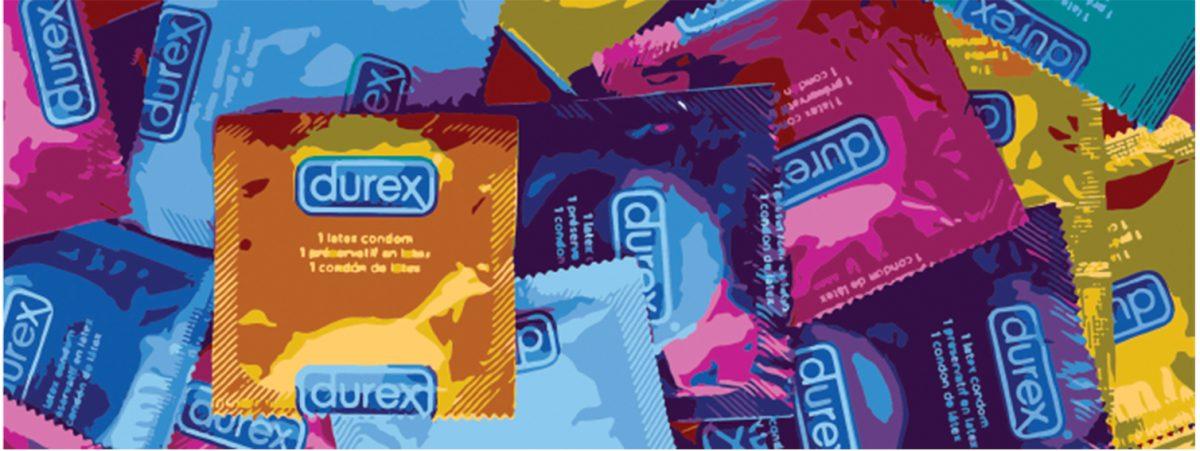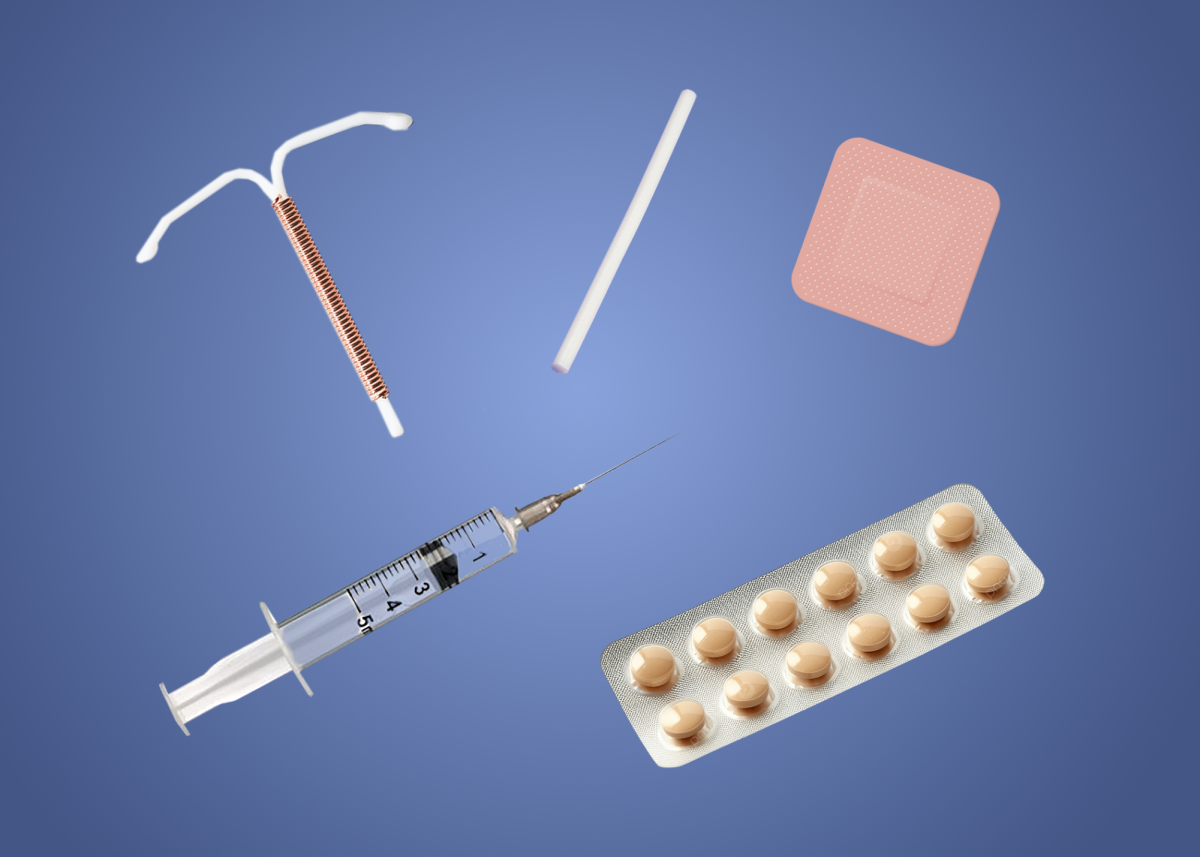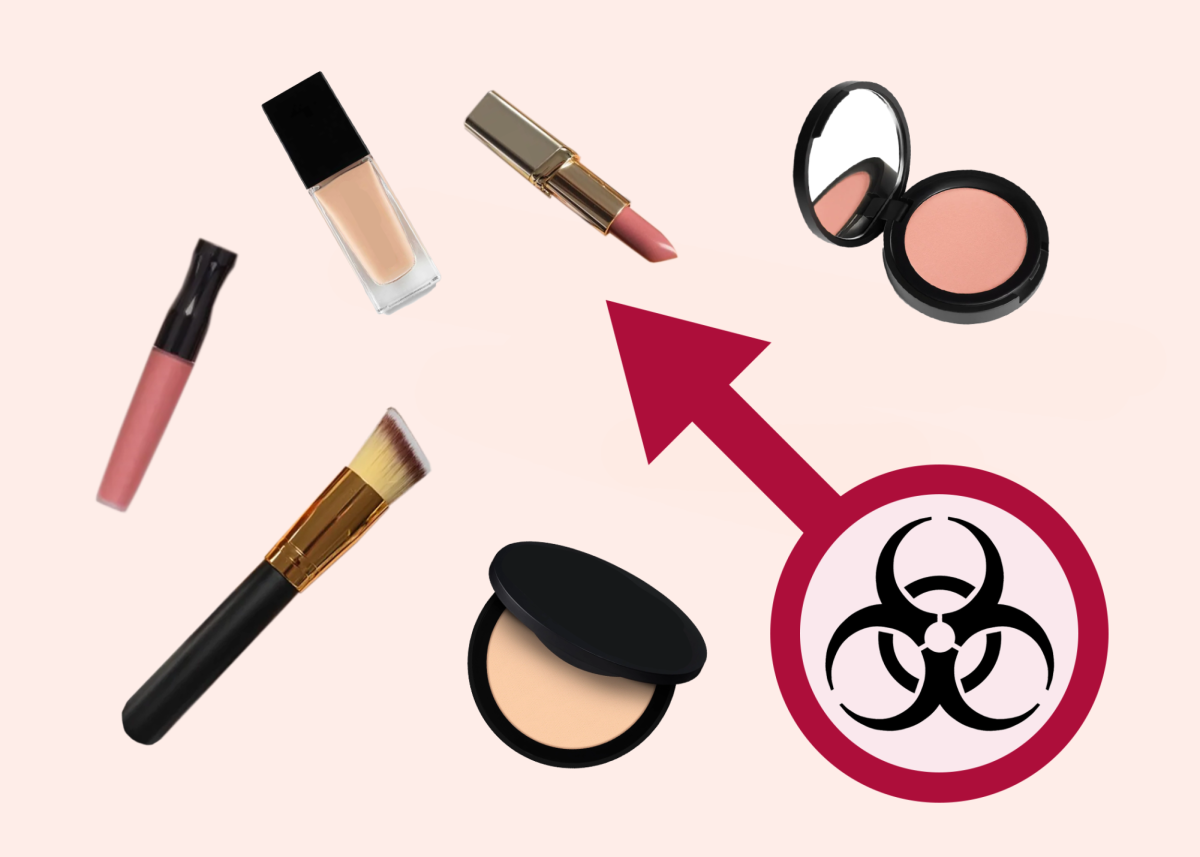Spikes in cases of syphilis, gonorrhea, and chlamydia for adolescents

At any given time, there are 110 million sexually transmitted diseases in the U.S. In 2016, there was an 18.5 percent increase in gonorrhea infections (468,514 cases), 17.6 percent increase in syphilis (27,814 cases), and a 4.7 percent increase in chlamydia (1.59 million cases) as discovered by the Center of Disease Control (CDC). Although, in the past we swept these diseases under the rug, Americans are now paying the price for lack of education on STDs and are quietly suffering because of it.
Adolescent and young females were the group with the highest chlamydial infection rate. Gonorrheal infections increased in both men and women last year, but men had the highest spike at 22.2 percent.
“Not that long ago, gonorrhea rates were at historic lows, syphilis was close to elimination, and we were able to point to advances in STD prevention,” Gail Bolan, Director of the Division of STD Prevention in a newly released report from the CDC, recalled.
STD cases are rapidly increasing for a number of reasons. Some of them include a rise in condomless sex among male on male intercourse, dating apps like Tinder and Grindr that make sex more readily available, and the funding cuts to public health, meaning less STD clinics. Although dating apps are generally 18 year olds and older, social media in general has made “hook-up culture” more prevalent in adolescents as well as adults.
The epidemic is affecting gay and bisexual men, infants and women. Congenital syphilis, when the disease is passed to the child through birth, has had 628 cases in the past year, including 41 syphilitic stillbirths. It is preventable through routine screening and antibiotic treatment for pregnant women.
“All it takes is a simple STD test and antibiotic treatment to prevent this enormous heartache and help assure a healthy start for the next generation of Americans,” Bolan said.
Safe sex is a very simple way to abstain from contracting an STD, and should be promoted to today’s teens. Regular STD checks for sexually active people can reduce the chance of passing without knowing.
Dr. Michael Lebens, private practitioner in Templeton, CA, agrees that education is the first step to prevention.
“I think prevention in all aspects of medicine, including STD prevention, begins with education,” Lebens said. “Explaining to people on the best way to prevent STDs and the consequences of the STDs, I believe, is the first and best way to foster prevention.”
It is unrealistic to expect every person in the country to remain abstinent, so safe sex and self care should be widely taught and promoted to ensure the next generation of Americans remains healthy and protected.







